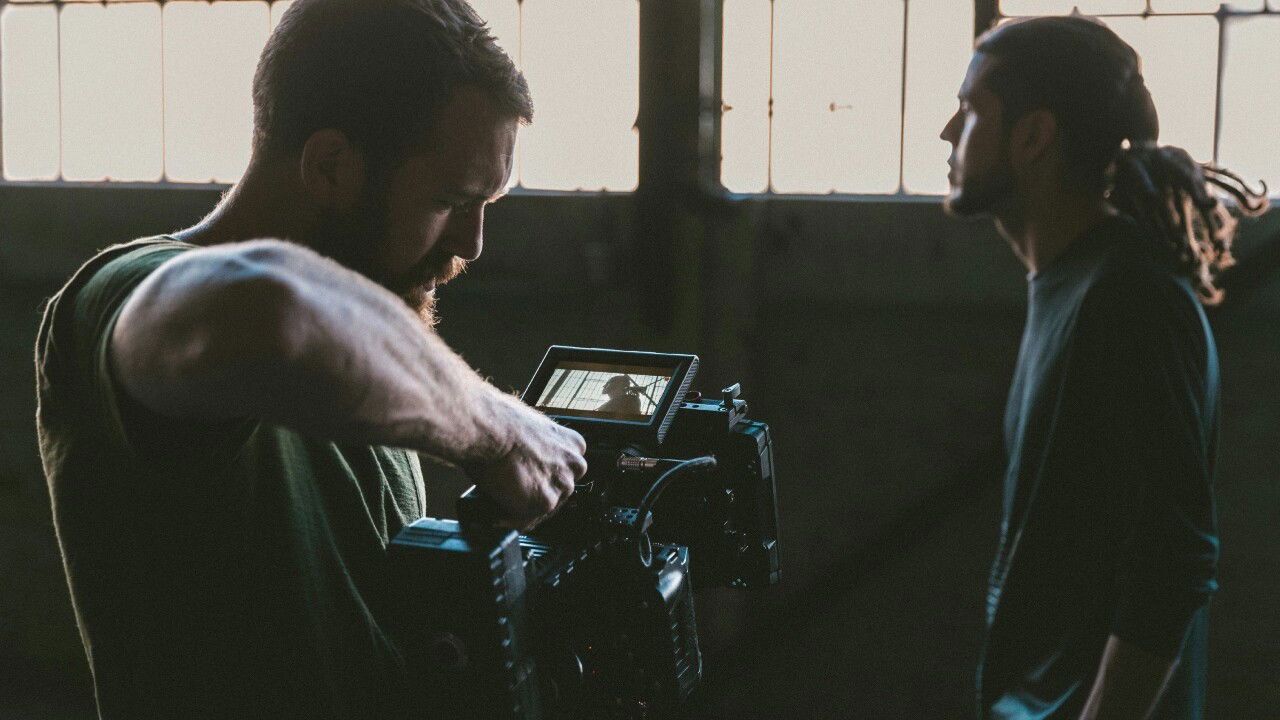Hollywood in the 1920s and 1930s saw the rise of film studios and iconic movie stars. The transition to ‘talkies’ happened in the late 1920s. It was only in the 1940s that colour became a storytelling tool. It was used to great effect in films like The Wizard of Oz and Gone with the Wind.
Film studies started to play an increasing role in helping students learn the technical and theoretical aspects of filmmaking. Today top institutions that offer film studies give students technical training, artistic guidance, and real-world exposure. They play a critical role in the development of modern cinema techniques.
The evolution of film studies as an academic discipline
Early filmmakers such as Sergei Eisenstein and André Bazin believed that cinema was more than a form of mass entertainment. They considered it an art form worthy of study. By the 1960s universities were offering film studies. They attracted students who wanted to understand more about filmmaking. This included potential screenwriters, cinematographers, and directors.
Since the early days film studies have evolved and become increasingly innovative. Students are able to experiment with new ideas and approaches. Film schools are having an increasingly influential role in modern cinema. Film studies are rigorous and students often seek additional academic support. Online EduBirdie paper writing service is valuable at this point. Professional writers help students to manage their workload. The academic assistance gives them the opportunity to hone their craft. They can easily reach their full potential and become innovators in the filmmaking industry.
Theoretical frameworks in film studies
Students use theoretical frameworks in their film studies. This helps them understand films from different perspectives. Here are two of the many frameworks they may use.
Auteurism
Auteurism examines the role of directors. They exercise authorship and are recognized by essential technical or stylistic elements. For example, Wes Anderson is known for his peculiar tone, symmetrical shots, and the way he uses color. Quentin Tarantino and Christoper Nolan also have recognizable and distinctive directing styles. Students at film school may have to write an essay about the works of Orson Wells using an auteur theory point of view.
Montage theory
Montage theory is an approach to cinema that relies heavily on editing. Director Lev Kulshov asked questions about how editing and composition could influence viewer interpretation of a sequence. This gave rise to montage theory where more than one frame is needed to convey emotions or ideas. His theory has influenced the editing styles. It can be seen today in non-linear storytelling and action sequences.
Other frameworks may include structuralism, feminist theory, Marxist theory, and Genre Studies.

Cinematic techniques born out of film studies
When doing film studies, students explore film history, theory, and criticism. This gives them the groundwork they need to come up with innovative cinematic techniques. These techniques help them to tell stories in new ways.
Using different narrative structures – Film studies that highlight non-linear storytelling methods help contemporary filmmakers to break away from traditional plotlines. They may use flashbacks, multiple perspectives, and fragmented narratives.
Experimenting with cinematography and sound – Students learn how to use sound to create depth, mood, and tension. Sound theory in film studies has elevated modern soundscapes in films such as A Quiet Place. Cinematography has become more experimental. It may involve various techniques such as the use of shadows or long takes.
Playing with genres – Film studies involve the critical analysis of different genres. This gives filmmakers the opportunity to play with audience expectations. They may even use innovative hybrid genres such as ‘comedy-horror.’
Blending styles – Students receive exposure during film studies to filmmaking traditions in different countries. This can result in them blending styles to create a richer visual language. They may use alternative lighting techniques, minimalist aesthetics, or increase long takes.
How top film schools promote innovation
At the top film schools, students work with state-of-the-art technology. They learn from experienced professionals. Students gain a foundation of technical skills. They get an understanding of the history, culture, and social contexts that influence filmmaking. The schools also encourage artistic expression and are incubators for creativity and collaboration.
Graduates of the American Film Institute (AFI) in Hollywood include directors like David Lynch. Its location offers students opportunities for internships, networking, and exposure to Hollywood professionals.
George Lucas learned cinematic techniques at the USC School of Cinematic Arts. Martin Scorsese earned his Master of Arts degree from New York University. They both took the cinematic techniques they learned into the mainstream.
Challenges and criticisms of film studies
Self-taught directors may challenge the notion that going to film school is really necessary. There is also some concern about the commercialization of film studies. Another criticism is that there may be a gap between what students learn in the classroom and what they encounter in the real world. This may be the case in some film studies. But at the top schools, they gain the knowledge and skills to cope with challenges and excel.
Conclusion
Formal education gives students a way to understand the film industry. They learn to master their craft which ultimately allows them to find their voices. The top schools encourage them to come up with innovative cinematic techniques to advance visual storytelling. Film studies will have a continuing impact on emerging directors and film professionals in the future. Contemporary filmmakers graduating from these schools keep pushing the boundaries of tradition. They strive to create more immersive cinematic experiences.
Author bio:
Iana loves exploring new career avenues, especially tech-oriented and shares her experiences about them in essays, blogs, and vlogs. Her terrific approach and zeal to succeed in her writing career help charm her audiences with every piece of content that she comes up with. Her current blogs on how LLMs are trained is being widely shared and liked.



